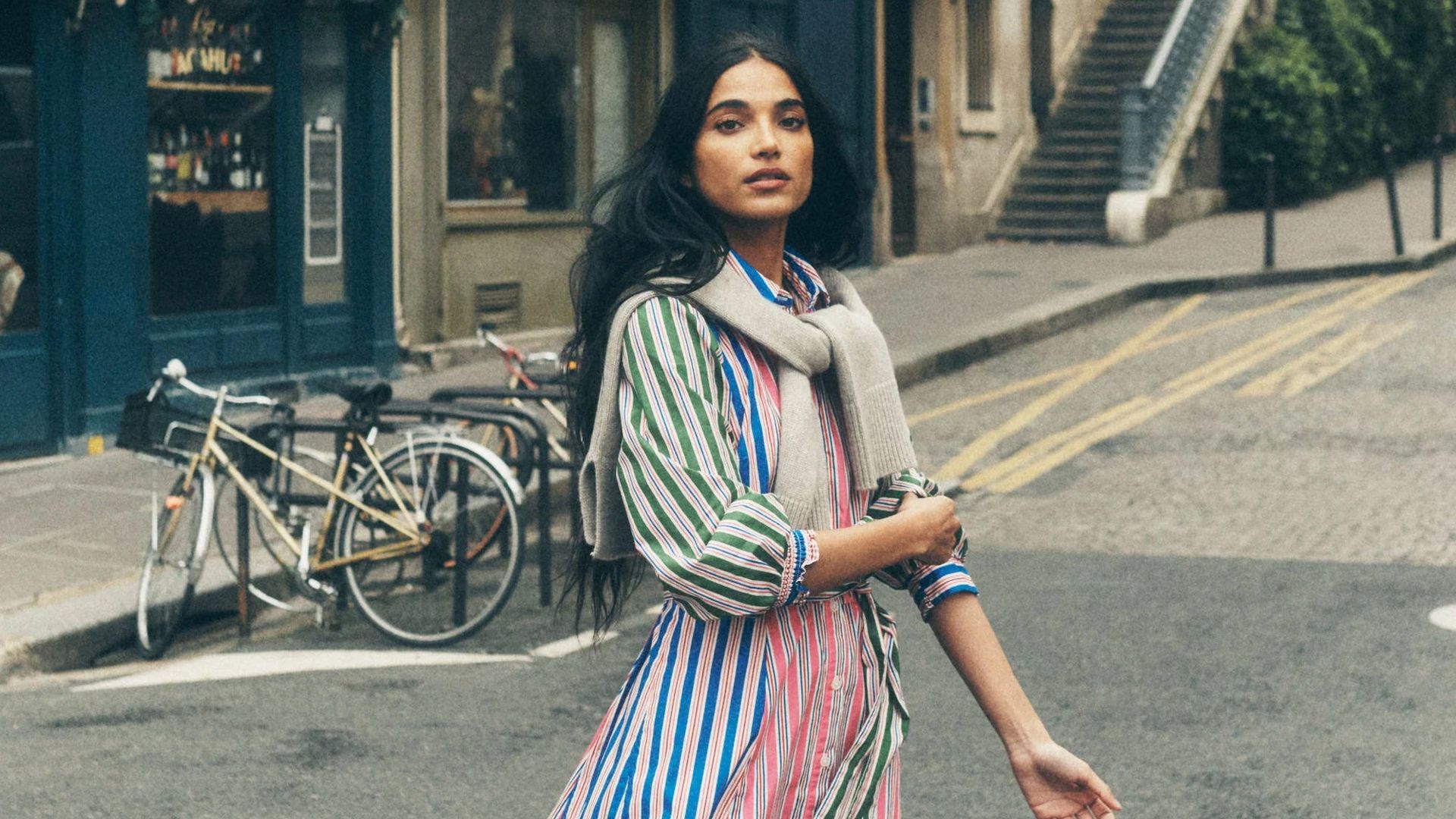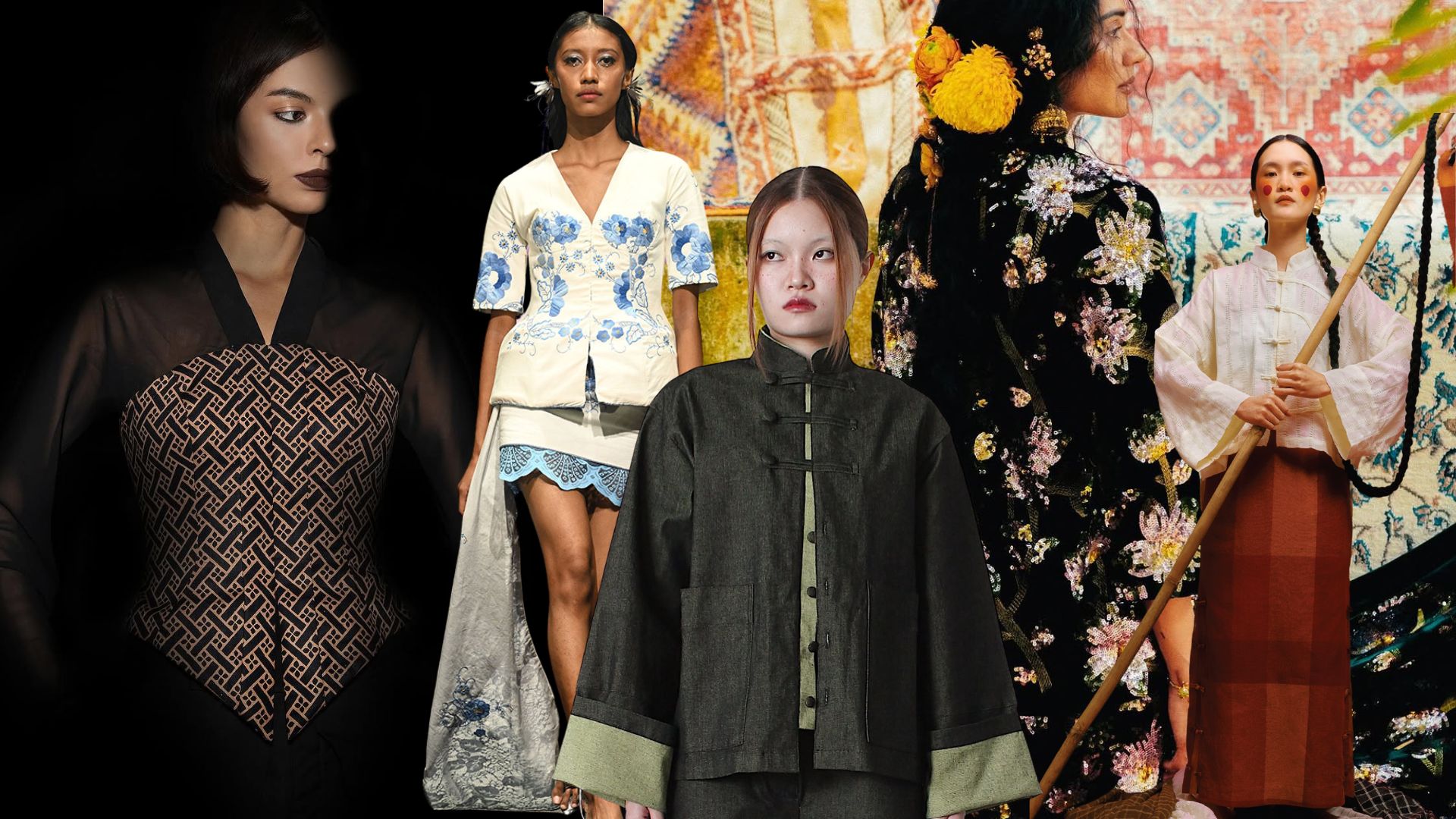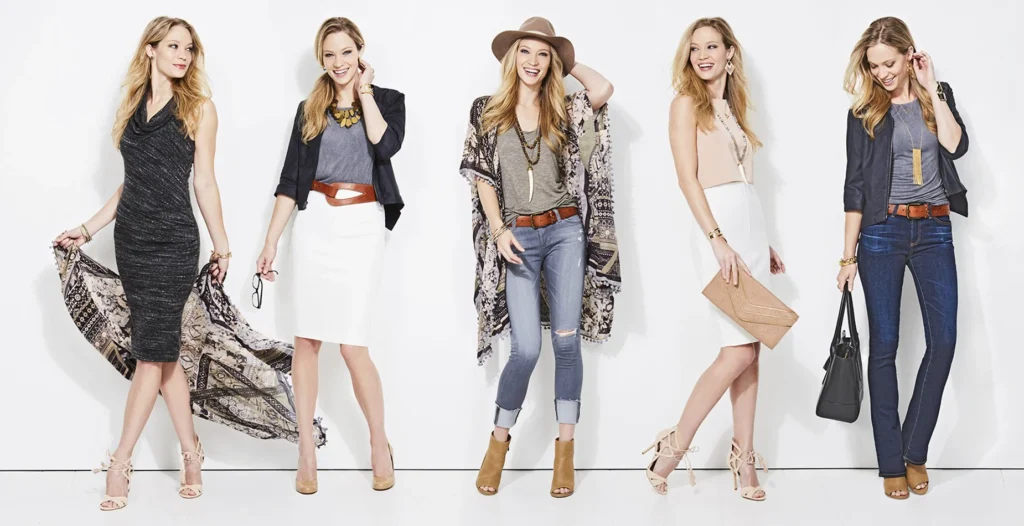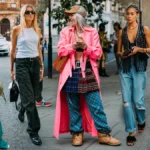Introduction
Fashion has always been about self-expression, but some designers take it to another level — beyond practicality, beyond comfort, into the world of art and rebellion. This is the world of Avant-Garde Fashion — where creativity knows no boundaries and imagination shapes the runway.
From Alexander McQueen’s dramatic designs to Rei Kawakubo’s sculptural clothing, avant-garde fashion challenges everything we think we know about style. It’s bold, unconventional, and often shocking — but always meaningful.
In this complete guide, we’ll explore what Avant-Garde Fashion really means, its origins, top designers, modern influence, and how it continues to shape the global fashion scene.
To understand its artistic background, you can learn more about Avant-garde art on Wikipedia.
What Is Avant-Garde Fashion?
Avant-Garde Fashion refers to innovative, experimental, and boundary-pushing clothing designs that break away from mainstream trends. It’s fashion as art and philosophy, not just wearability.
The term “avant-garde” itself means “ahead of its time” or “forward-thinking.” In fashion, it describes pieces that challenge societal norms, aesthetics, and the very concept of clothing itself.
In essence:
Avant-garde fashion is where imagination becomes wearable art.
The Origin and Evolution of Avant-Garde Fashion
The avant-garde movement began in the 19th century as part of broader artistic and cultural revolutions in Europe. Artists, writers, and thinkers started rebelling against traditional standards, pushing for innovation and individuality.
In fashion, avant-garde emerged more prominently in the 20th century, particularly after World War II, when designers began experimenting with form, fabric, and identity.
Key Historical Moments
-
1910s–1930s: Early experimental designs inspired by Cubism and Futurism.
-
1960s–1980s: Designers like Yves Saint Laurent, Issey Miyake, and Rei Kawakubo brought conceptual design to mainstream attention.
-
1990s–2000s: Avant-garde became a statement of rebellion and artistic vision, led by designers like Alexander McQueen and Rick Owens.
-
Today: Avant-garde fashion continues to influence streetwear, pop culture, and digital fashion.

Characteristics of Avant-Garde Fashion
Avant-garde fashion is not about looking “pretty” — it’s about provoking thought. Let’s look at the defining characteristics:
1. Unconventional Silhouettes
Designers experiment with asymmetrical cuts, oversized proportions, and unexpected structures.
2. Experimental Materials
Common materials include metal, rubber, plastic, paper, and recycled objects — anything that defies traditional fabric use.
3. Deconstruction
Garments may appear unfinished or inside-out, symbolizing the breaking of norms.
4. Conceptual Design
Every collection tells a story — political, emotional, or social. It’s fashion with meaning.
5. Gender Fluidity
Avant-garde fashion often blurs gender lines, promoting inclusivity and self-expression.
6. Performance and Presentation
Runway shows become theatrical experiences, combining fashion, music, and art installations.
Famous Avant-Garde Fashion Designers
Let’s explore the creative geniuses who shaped the avant-garde world.
1. Rei Kawakubo (Comme des Garçons)
Known for challenging beauty standards, Rei’s work embraces imperfection and conceptual storytelling.
2. Yohji Yamamoto
Famous for his all-black, flowing silhouettes and Japanese minimalism mixed with rebellion.
3. Alexander McQueen
A master of dark romanticism and theatrical fashion, McQueen’s designs were both shocking and poetic.
4. Iris van Herpen
Combines fashion and technology using 3D printing and innovative materials to create futuristic art pieces.
5. Rick Owens
Known for his grunge luxury style — monochrome colors, draped fabrics, and androgynous shapes.
6. Hussein Chalayan
Pioneered tech-driven fashion, designing dresses that transform using mechanics and sensors.
Avant-Garde Fashion vs. High Fashion
| Feature | Avant-Garde Fashion | High Fashion (Haute Couture) |
|---|---|---|
| Purpose | Artistic expression | Luxury and elegance |
| Wearability | Often impractical | Highly wearable |
| Design Approach | Experimental | Classic craftsmanship |
| Audience | Niche, artistic | Elite, fashionable |
| Runway Concept | Performance-based | Traditional showcase |
While high fashion aims for perfection and luxury, avant-garde aims for expression and provocation.
Avant-Garde in Modern Fashion
Today, avant-garde elements have moved beyond exclusive runways and into mainstream fashion.
1. Streetwear Meets Avant-Garde
Brands like Vetements and Off-White blend avant-garde creativity with street culture — oversized hoodies, industrial belts, and deconstructed sneakers.
2. Celebrities Embrace It
Stars like Lady Gaga, Billie Eilish, and Kanye West often wear avant-garde looks to express individuality.
3. Digital Fashion Revolution
Virtual fashion shows and AI-generated designs are the new frontier of avant-garde — where technology meets imagination.
Avant-Garde Fashion and Society
Avant-garde fashion often reflects deeper social and cultural messages. Designers use their collections to comment on:
-
Body image and beauty standards
-
Gender identity and expression
-
Consumerism and sustainability
-
Technology and human connection
Each garment becomes a visual protest — a statement about the world we live in.
How to Wear Avant-Garde Fashion?

You don’t have to be on a runway to embrace avant-garde style. Here’s how to incorporate it into your wardrobe:
1. Start with Minimalism
Wear monochromatic outfits (mostly black, white, or gray) and focus on unique silhouettes.
2. Mix Textures
Combine leather, silk, wool, and metallic fabrics for contrast.
3. Add Sculptural Pieces
Statement jackets, asymmetric skirts, or geometric accessories can create an avant-garde edge.
4. Layering
Experiment with layered clothing — oversized coats over long shirts, uneven hemlines, or multi-fabric outfits.
5. Focus on Accessories
Chunky shoes, architectural handbags, or metallic jewelry can complete your avant-garde look.
Avant-Garde Fashion in Pop Culture
Avant-garde fashion has always influenced pop culture, especially in music videos, films, and red carpets.
-
Lady Gaga’s Meat Dress (2010): A symbol of artistic protest.
-
Björk’s Swan Dress: Blended surrealism with couture.
-
Kanye West’s Yeezy Collections: Simplified avant-garde with urban elements.
-
Doja Cat’s Red Crystal Look (2023): A futuristic embodiment of creativity.
These moments prove that avant-garde isn’t just for designers — it’s a language of self-expression.
Sustainability in Avant-Garde Fashion
Avant-garde designers often lead the charge toward eco-conscious innovation:
-
Using recycled or unconventional materials
-
Creating limited, handmade pieces
-
Designing clothes meant for longevity and statement, not mass production
This approach aligns perfectly with the slow fashion movement, which values creativity over consumerism.
Avant-Garde Fashion and Technology
Technology has opened new doors for avant-garde designers:
-
3D Printing: Used by Iris van Herpen to craft futuristic garments.
-
Wearable Tech: Smart fabrics that react to light, sound, or movement.
-
AI Fashion Design: Algorithms now assist in creating abstract patterns.
-
Digital Fashion Shows: Virtual avatars replace models in 3D spaces.
This fusion of art, science, and fashion marks a new era of creativity.
Famous Avant-Garde Runway Moments
Here are some unforgettable moments from fashion history:
-
Alexander McQueen’s “Plato’s Atlantis” (2010) — Futuristic alien-like designs with robotic models.
-
Comme des Garçons “Body Meets Dress” (1997) — Abstract padded shapes redefining body silhouettes.
-
Iris van Herpen “Crystallization” (2011) — 3D-printed dresses inspired by water and glass.
-
Rick Owens’ “Human Backpacks” (2016) — Models carrying other models symbolizing unity and burden.
Each moment showcased fashion as performance art, not just clothing.
The Influence of Avant-Garde Fashion on Everyday Wear
While not everyone walks around in sculptural outfits, avant-garde ideas inspire modern street style:
-
Oversized fits and layering
-
Minimalist color palettes
-
Deconstructed denim and asymmetry
-
Gender-neutral clothing
Designers like Balenciaga, Maison Margiela, and Off-White have borrowed avant-garde aesthetics and reintroduced them in wearable forms.
Avant-Garde Fashion in 2025 and Beyond

The future of avant-garde fashion lies in digital innovation and sustainability.
Trends to Watch:
-
Virtual Fashion Markets — Clothing designed for digital avatars in the metaverse.
-
AI Collaboration — Designers co-creating with artificial intelligence.
-
Biodegradable Fabrics — Fashion with zero waste.
-
Interactive Clothing — Outfits that respond to emotions or environments.
Avant-garde will always stay ahead of time, merging imagination with technology.
Conclusion
Avant-Garde Fashion is not just about breaking fashion rules — it’s about rewriting them entirely. It challenges conformity, celebrates individuality, and transforms clothing into a medium of philosophical and artistic expression.
From runway masterpieces to street-inspired deconstructions, avant-garde continues to shape how we see fashion, art, and identity. Whether you’re an artist, designer, or fashion enthusiast, embracing avant-garde means embracing freedom, creativity, and courage.

Frequently Asked Questions (FAQs)
1. What does avant-garde fashion mean?
It refers to innovative, experimental designs that challenge conventional fashion norms and express individuality through artistic clothing.
2. Who are the pioneers of avant-garde fashion?
Rei Kawakubo, Yohji Yamamoto, Alexander McQueen, Rick Owens, and Iris van Herpen are some of the most iconic names.
3. Is avant-garde fashion wearable?
Not always — some designs are purely artistic. However, many brands adapt avant-garde elements into ready-to-wear collections.
4. Why is avant-garde fashion important?
It inspires creativity, challenges society’s standards, and drives innovation in both fashion design and culture.
5. What materials are used in avant-garde fashion?
Designers experiment with metal, plastic, paper, and 3D-printed materials, alongside traditional fabrics.
6. Is avant-garde fashion sustainable?
Yes. Many avant-garde designers use recycled materials and produce limited collections to promote sustainability.
7. How is avant-garde different from haute couture?
Haute couture focuses on luxury and craftsmanship, while avant-garde focuses on artistic expression and experimentation.
8. Can anyone wear avant-garde clothing?
Absolutely! Start small — experiment with asymmetric cuts, dark tones, and bold accessories.
9. Is avant-garde fashion expensive?
It can be, due to custom design and artistic production. However, affordable avant-garde-inspired brands are emerging globally.
10. What’s the future of avant-garde fashion?
Expect more digital integration, sustainability, and inclusivity — where technology and creativity unite to define future fashion.



